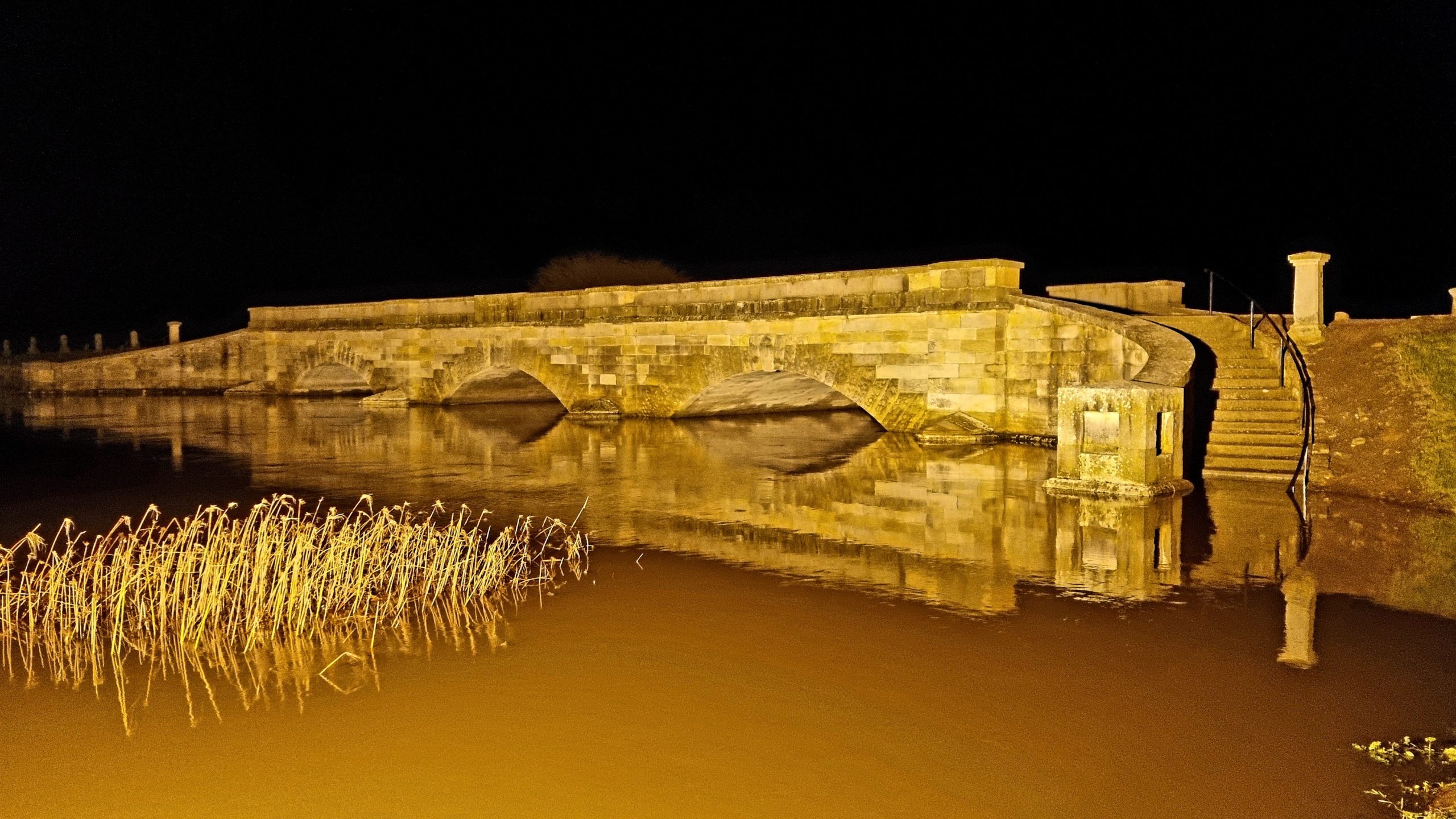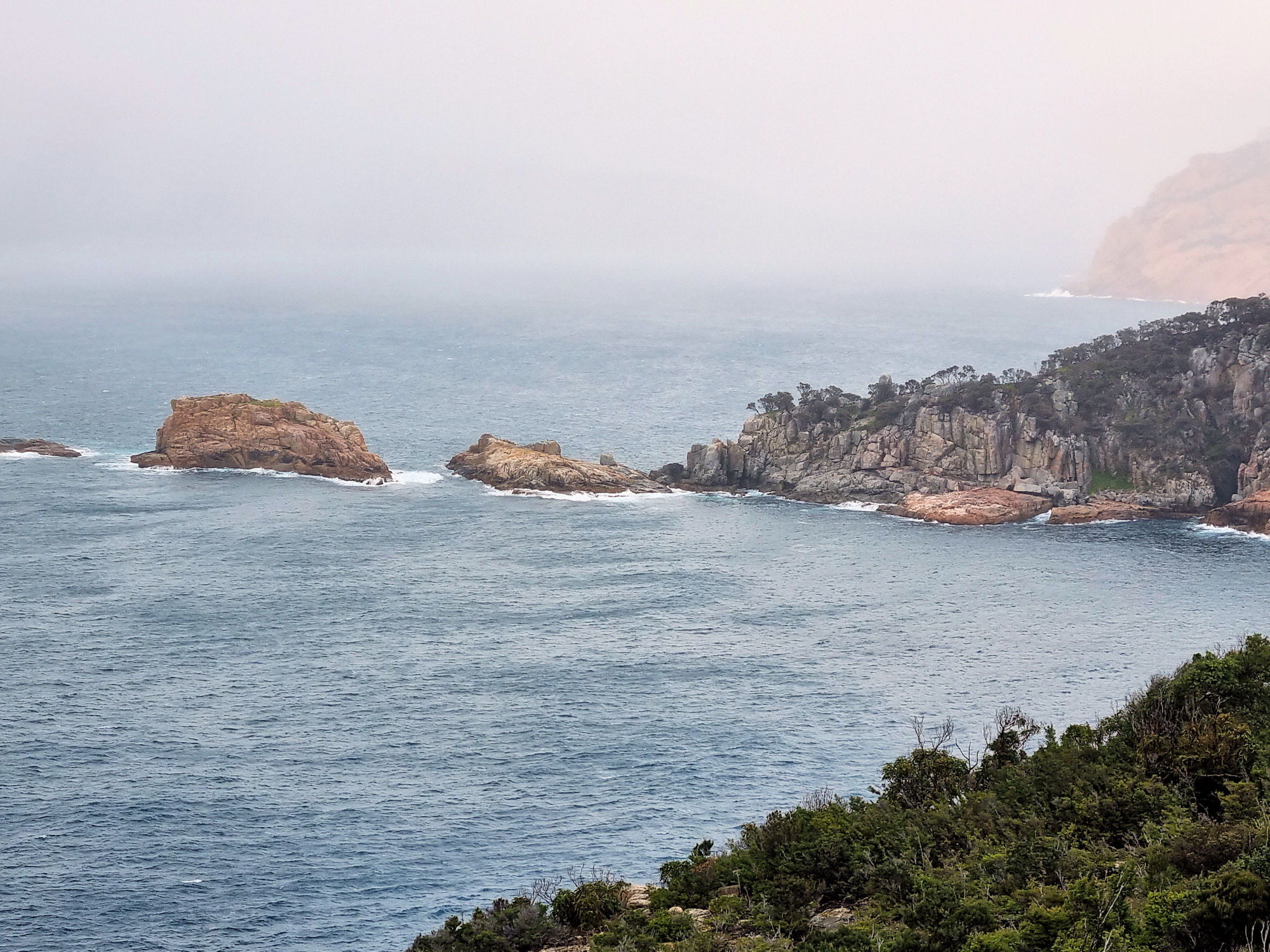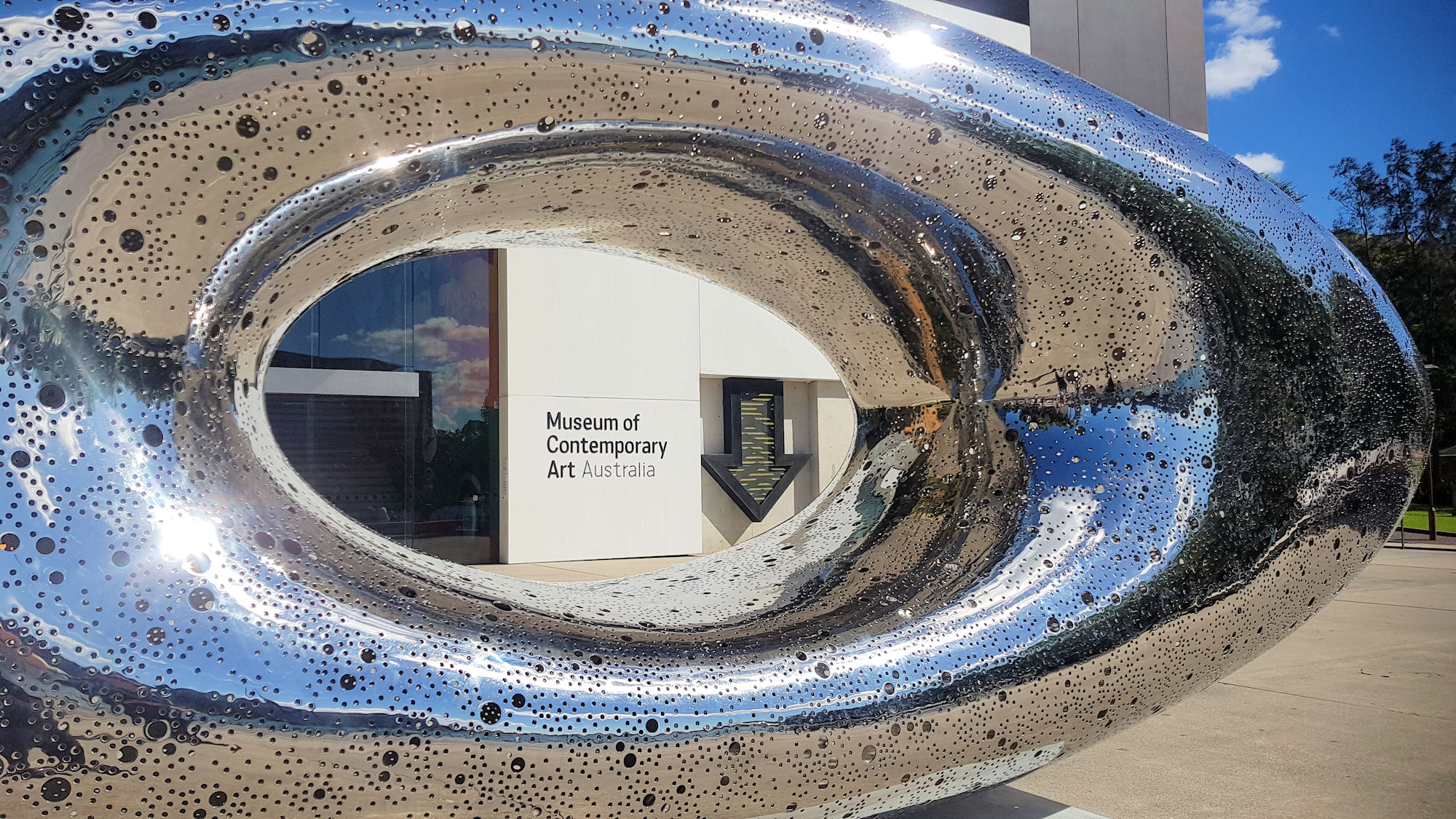Category: Building
Building
-
Ross a Historic 19th Century Tasmanian Village

Ross Tasmania Built by convict labour in the early 1800s, Ross is a wonderfully preserved 19th century village full of old buildings and history. How to Get There Ross is about a one-hr drive (78 km) south from Launceston and a 90-min drive (121 km) north from Hobart. Ross Bridge Probably the most famous structure… Read more
-
Cape Tourville Freycinet Tasmania

Cape Tourville Freycinet Peninsula Tasmania Offering remarkable coastal views of Freycinet National Park and a well-constructed walkway, Cape Tourville is a great way for everyone to experience Freycinet. The well made track loops around the automated lighthouse, providing fantastic panoramic views. The track is wide, with even surfaces and gently graded slopes. Much of the… Read more
-
Museum of Contemporary Art Australia

Museum of Contemporary Art Australia Sitting on the waterfront at Circular Quay, the Museum of Contemporary Art Australia provides a venue for international and local artists. Getting There In walking distance of Circular Quay, public transport is the easiest way to get here. Ferries, buses, trains and light rail all stop here, making it easy… Read more